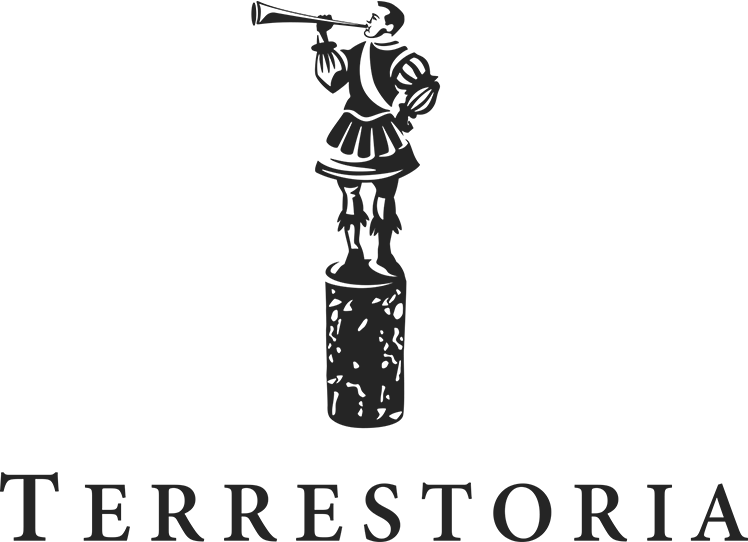02/20/2020
Part Editorial, Part Industry Review…
Written by Stephanie Cuadra, founder of Terrestoria Wine Imports in Salt Lake City, The Utah Wine Market Report uncovers the primary reasons the Beehive State is fast becoming a haven for wine lovers.
While inquiries into consumption typically capture national and global trends, consideration of Utah’s idiosyncratic wine market requires a contextualized frame of reference. Historically and culturally unique, Utah operates under the Control Model and plays by its own rules in business.
Through targeted research and detailed analysis, all five sections of this report offer a glimpse into the circumstances that have helped wine culture take root in Utah, while offering applicable insights about the road ahead for the state’s vibrant food and drinks industry.
Read excerpts from each section or skip to the report download.
WHERE THERE IS PROGRESS THERE IS WINE | The economy
UP, UP & AWAY | Demographics
FUELING INDUSTRY WITH FOOD & DRINKS | Strategic thinking
A CULTURE OF MODERATION | Social responsibility
CONTROL STATE OF MIND | Flouting the tiers
Text-only version of The Utah Wine Market Report available at Medium.com.






